In the fast-paced world of retail, convenience is king. Over the past decade, self-checkout technology has transformed the way Americans shop, moving from an optional convenience to a widespread expectation. As major retailers like Amazon, Walmart, and Kroger continue to experiment with cashierless technologies, a new question arises: Are cashierless stores the future of shopping in the U.S.?
A Brief History of Self-Checkout
Self-checkout systems first began appearing in American grocery stores in the early 2000s, offering customers the ability to scan, bag, and pay for items without waiting in line for a cashier. Initially met with skepticism, these systems were embraced by tech-savvy shoppers looking to save time.
Over time, improved user interfaces, enhanced security features, and faster transaction capabilities helped these machines gain traction. During the COVID-19 pandemic, the desire for contactless shopping accelerated adoption. Retailers saw self-checkout as a way to minimize human interaction and streamline store operations.
The Rise of Cashierless Stores
Cashierless stores take the concept a step further by eliminating the traditional checkout process altogether. Amazon Go is a leading example, using sensors, cameras, and AI to track what shoppers pick up and automatically charging their Amazon account as they leave.
This “just walk out” technology appeals to busy consumers who want a frictionless shopping experience. The concept is especially popular in urban areas and airports, where time is of the essence. Other companies, including 7-Eleven and Circle K, are piloting similar systems.
The Benefits of Self-Checkout and Cashierless Shopping
- Speed and Efficiency Self-checkout lines are often faster, especially for customers with just a few items. Cashierless stores take this efficiency to the next level, allowing for a completely uninterrupted shopping journey.
- Reduced Labor Costs For retailers, these systems offer a way to cut staffing costs. Fewer cashiers are needed, allowing businesses to redirect labor toward stocking shelves, customer service, or other in-store tasks.
- Improved Customer Experience Many shoppers appreciate the independence and control offered by self-checkout. There’s no need to wait in long lines or engage in small talk if they’re in a rush.
- Hygiene and Safety Contactless payment and minimal interaction became more important during the pandemic and remain a priority for many health-conscious shoppers.
Challenges and Concerns
- Theft and Security One major downside to self-checkout and cashierless stores is an increased risk of theft. Without employees monitoring each transaction, some customers may be tempted to steal, either intentionally or accidentally.
- Technical Glitches Self-checkout kiosks aren’t perfect. Issues like barcode scanning errors, system freezes, or payment malfunctions can frustrate shoppers and slow down the process.
- Job Losses While automation offers efficiency, it also raises concerns about job displacement. Cashier jobs have long been a staple of entry-level employment in the U.S., and many fear that widespread automation will lead to fewer opportunities.
- Accessibility Issues Not all customers find self-checkout intuitive. Older adults, people with disabilities, or those unfamiliar with technology may struggle to use the systems effectively.
What’s Next?
The future likely holds a hybrid model. Rather than going fully cashierless, most retailers are expected to offer a mix of traditional checkout lanes, self-checkout stations, and app-based payment options. This allows stores to cater to a wider range of customer preferences and comfort levels.
As artificial intelligence, facial recognition, and mobile payment technologies continue to improve, we may see more seamless integration of cashierless features across the retail landscape. Innovations like digital shopping carts, smart shelves, and voice-enabled shopping assistants are already being tested.
Conclusion
Self-checkout and cashierless technology are reshaping the American shopping experience. While not without their drawbacks, these innovations offer speed, convenience, and flexibility—key priorities for modern consumers. Although fully cashierless stores may not become the universal standard overnight, they are undoubtedly paving the way for a more tech-driven retail future. Whether you embrace the change or prefer a human touch at checkout, one thing is clear: the way we shop will never be the same.


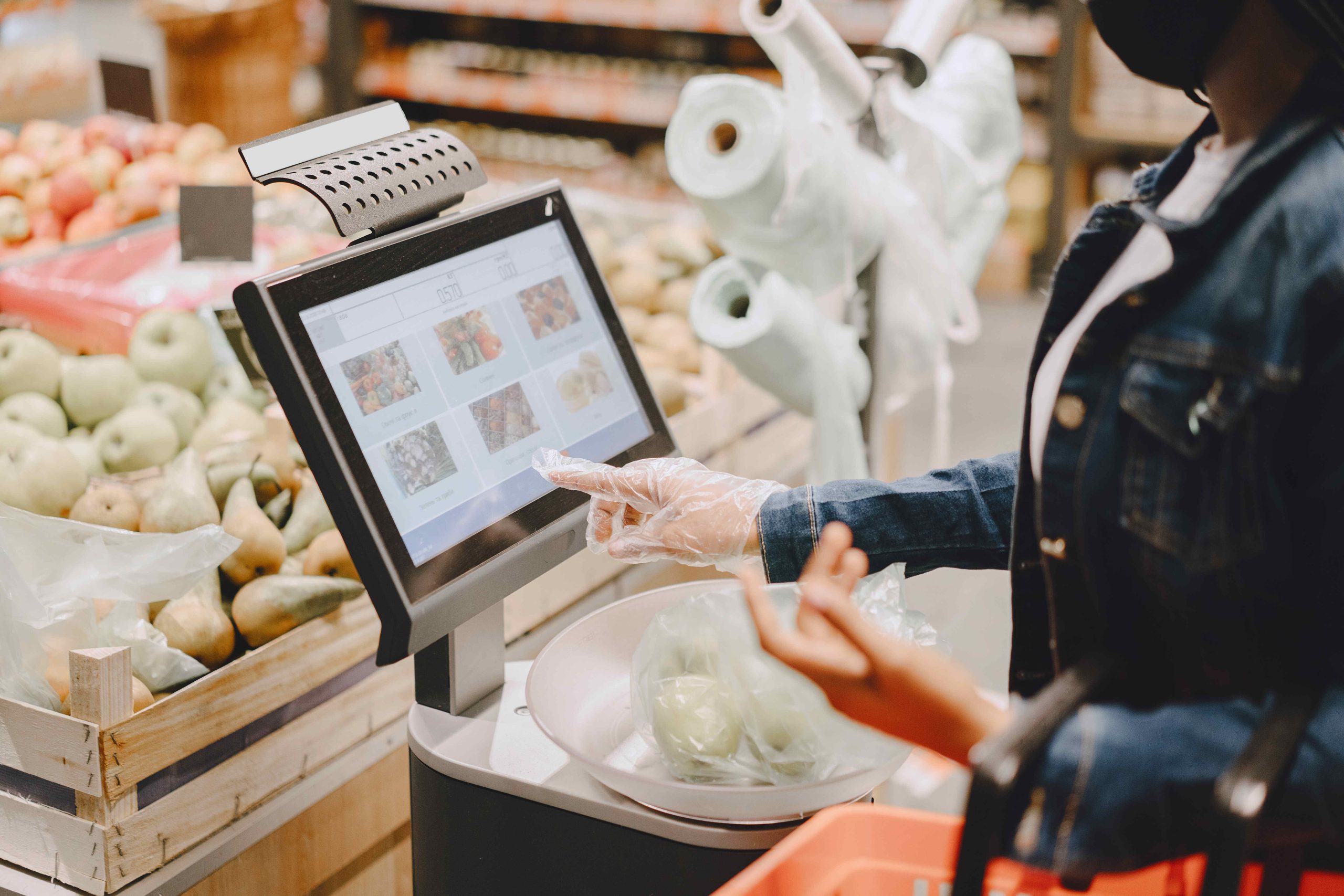


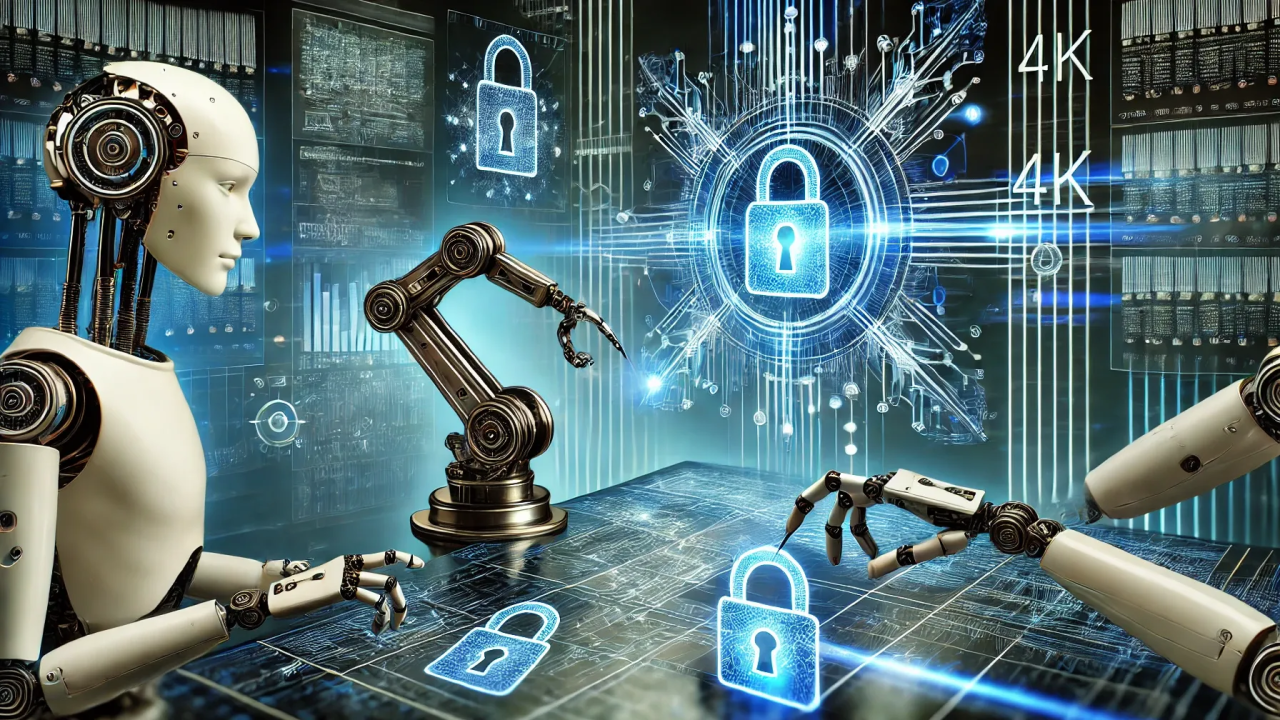


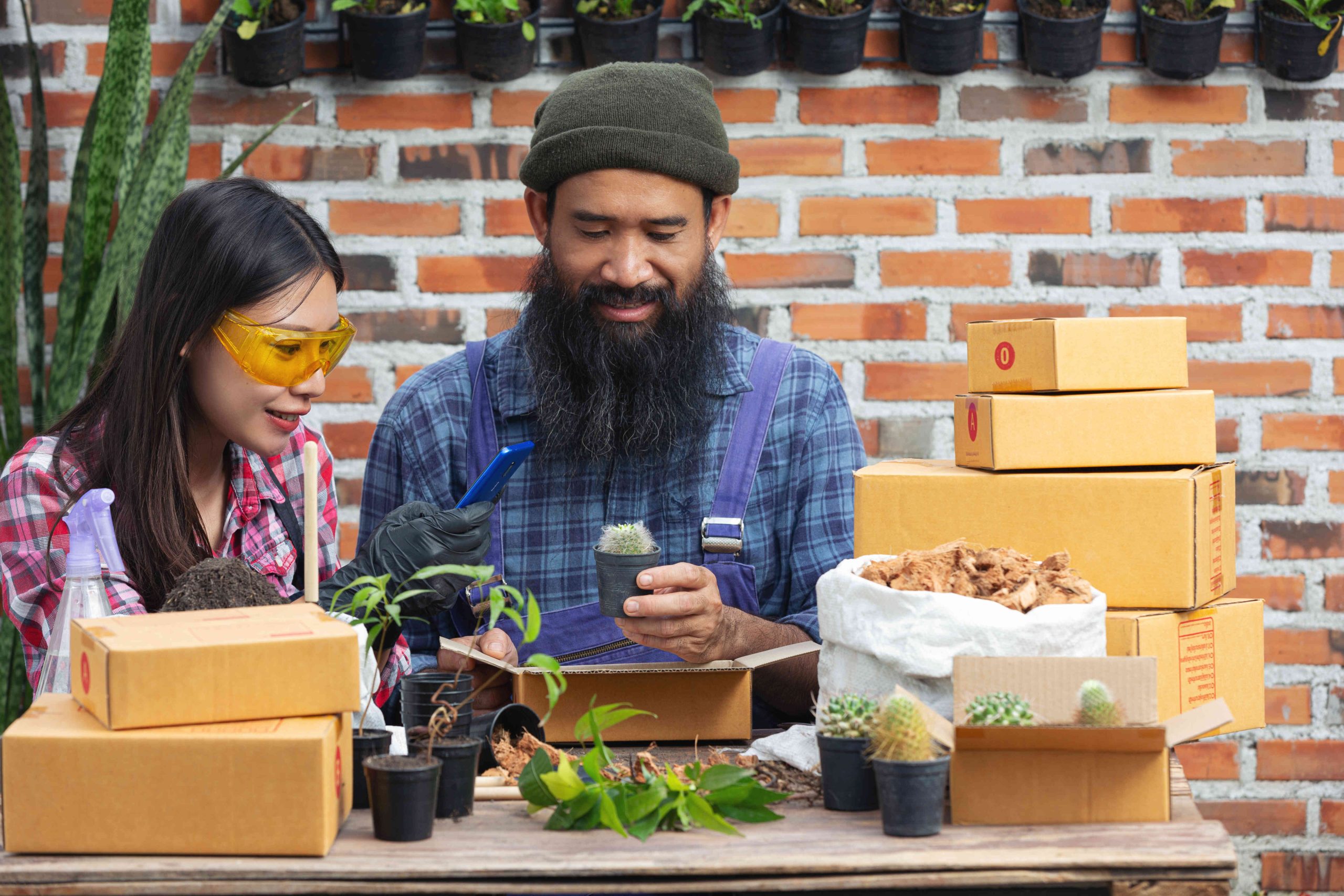
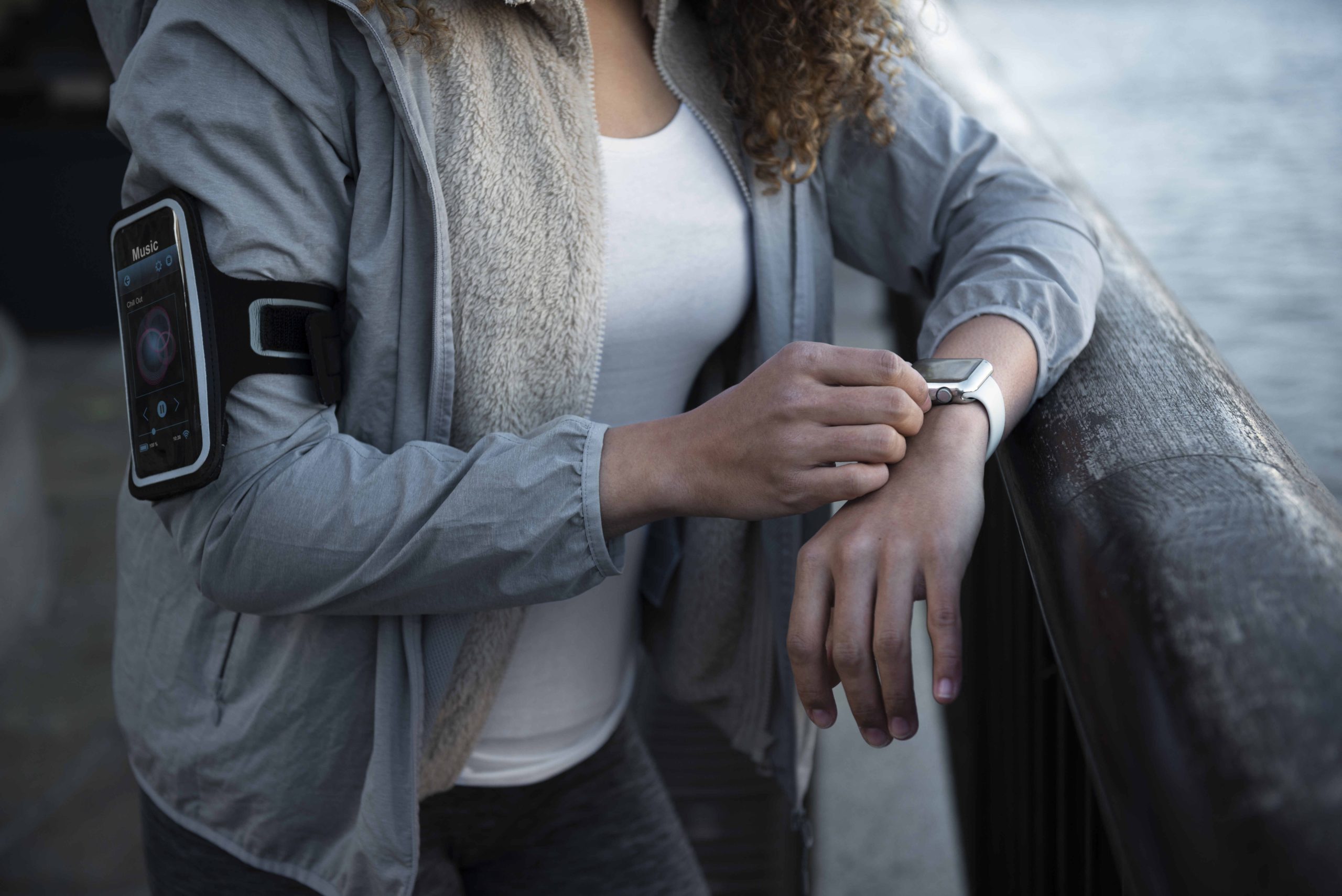

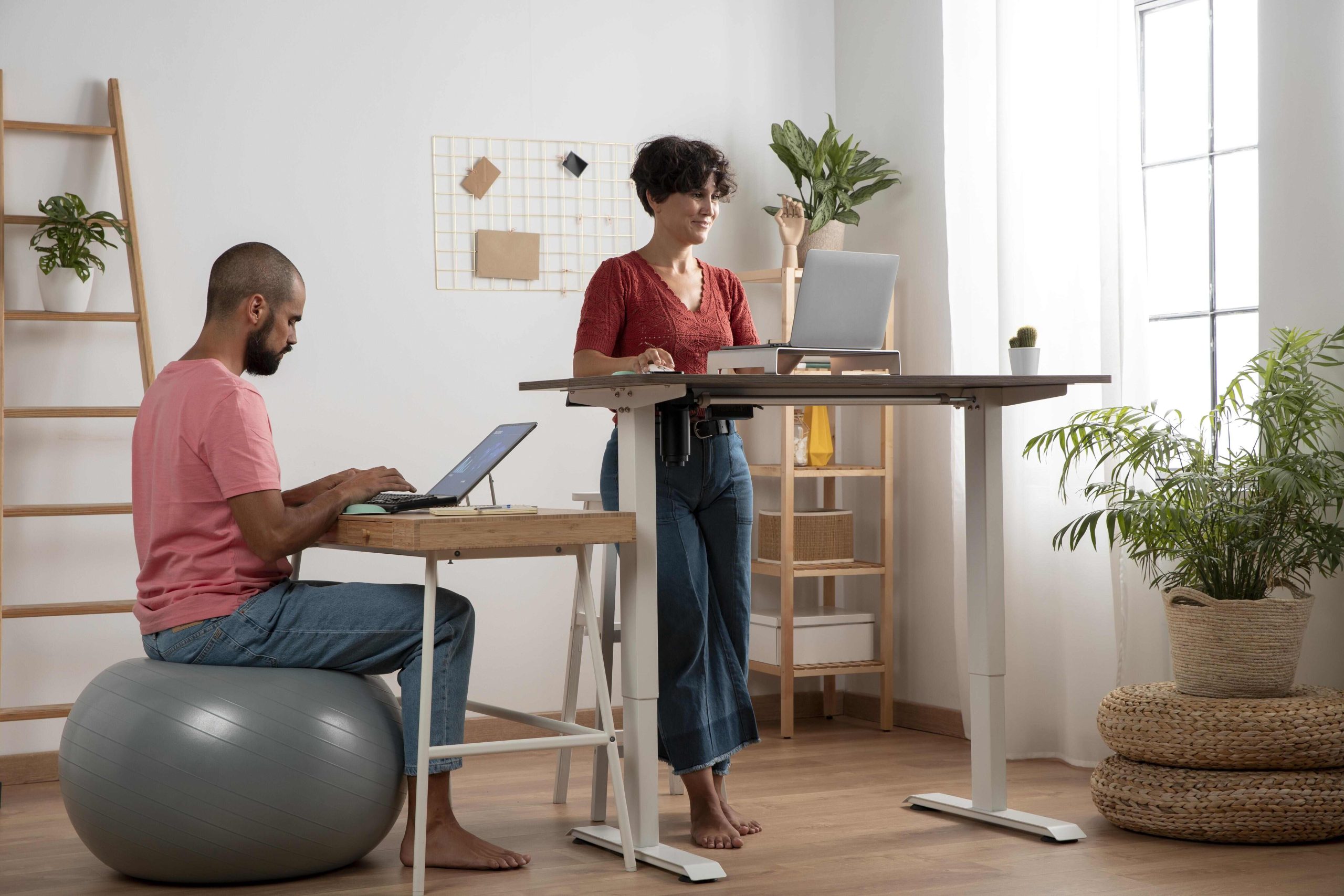



Leave a Reply